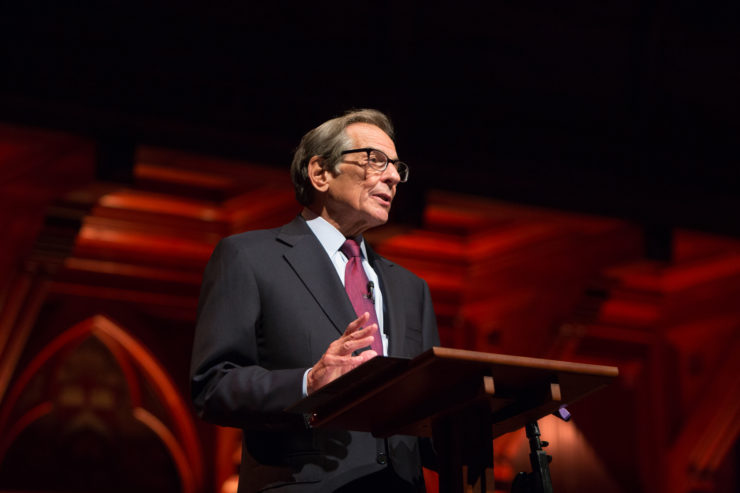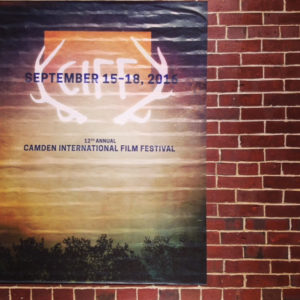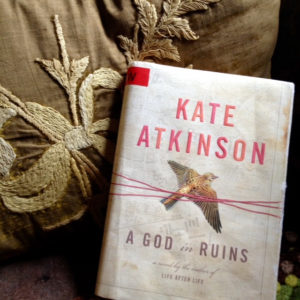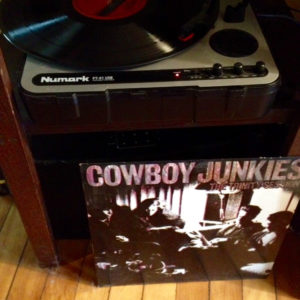Just in time for the weekend, here’s a little list of some of the things I’ve been listening to and reading this week, some of it online — Storyboard included, natch — and some of it on vinyl or actual ink and paper.
Two of my biggest loves are narrative journalism and music, and I’m lucky that my days are filled with both. When reading stories, I get inspired by songs I think fit the article’s theme — a soundtrack. Here are a couple of this week’s Storyboard articles, and their soundtracks:

Robert Caro
Robert Caro and the lightbulb moment he had writing “The Power Broker.” It was moving to hear the outrage still in Robert Caro’s voice a full half a century after he first wrote about a poor family whose farm was torn asunder by a new highway, while rich neighbors and their private golf courses went disturbed. The book that resulted, “The Power Broker,” is routinely listed as one of the best nonfiction books ever. This is accountability journalism writ large.
Soundtrack: “Fight the Power,” by Public Enemy. Gotta love listening to this great rap song (one of the best ever?) while writing about the very proper, scholarly Robert Caro. But the anger and outrage at abuse of power are pretty identical, aren’t they?
A live annotation of a Pulitzer-winning lede: Madeleine Blais and “Zepp’s Last Stand.” This was so fun, talking to Madeleine Blais about the simple yet beautiful lede of her Pulitzer-winning story about a World War I veteran still trying to win an honorable discharge decades later. I love the rhythm of it and the compactness of it. In three paragraphs (including an epigraph, no less), she has set up the story perfectly. As she says in this live annotation, “Every lede is an engine.” Wonderful advice.
Soundtrack: “No Bravery,” by James Blunt. He’s not a singer I listen to much (at all, actually), but it seemed appropriate to have a song by a war-veteran-turned-pop-singer for this story. Plus this lyric fits it perfectly: “And I see no bravery/No bravery/In your eyes anymore, only sadness.”
 The poetics of documentary at the Camden International Film Festival. I love that one of my local towns in Maine hosts a pretty major documentary film festival each fall. The “international” in its name isn’t just tacked on there to make it look impressive — at least half of the movies, including the audience award winner, the Afghan film “Sonita,” seem to be of foreign provenance. Plus, it must be the prettiest location for a film festival outside of Telluride. (It also happens to be the place where they filmed the classic film “Peyton Place” decades ago. And the town pretty much looks the same today.)
The poetics of documentary at the Camden International Film Festival. I love that one of my local towns in Maine hosts a pretty major documentary film festival each fall. The “international” in its name isn’t just tacked on there to make it look impressive — at least half of the movies, including the audience award winner, the Afghan film “Sonita,” seem to be of foreign provenance. Plus, it must be the prettiest location for a film festival outside of Telluride. (It also happens to be the place where they filmed the classic film “Peyton Place” decades ago. And the town pretty much looks the same today.)
Soundtrack: “The End of the Movie,” by Stornoway. This song is like a little documentary film about the songwriter and his love. Stornoway is another band that not everyone loves (unlike James Blunt, however, I listen to them a lot). I love how he’s unafraid to bare his feelings, and they feel real, not a pop love song looking for a hook and a simple rhyme.
What I’m reading online: “The Opposite of a Muse,” by Anna Heyward in the New Yorker. This is an unsettling read about a French woman who has pursued — you might even say stalked — dozens of well-known photographers and asked them to create a portrait of her. Thirty years later, she has a collection of about 60 images, most of them black and white, most of them nude. Is she a strange, obsessed anti-muse? Or an artist herself, using the photographers to create a beautiful body of work?
 What’s on my bedside table: I marvel at how Kate Atkinson can shift between “high” and “low” fiction (though for her, the latter is hardly that low). “A God in Ruins” is one of the former. It’s a companion piece to the wonderful “Life After Life,” this time focusing on the younger brother of the main character of the first novel. Here’s the key line:
What’s on my bedside table: I marvel at how Kate Atkinson can shift between “high” and “low” fiction (though for her, the latter is hardly that low). “A God in Ruins” is one of the former. It’s a companion piece to the wonderful “Life After Life,” this time focusing on the younger brother of the main character of the first novel. Here’s the key line:
He had been reconciled to death during the war and then suddenly the war was over and there was a next day and a next day and a next day. Part of him never adjusted to having a future.
This novel is “easier” than its predecessor, with none of the multiple realities of the first. But it’s deceptively simple, wrapping existential themes in the guise of one of those novels (cue movie promo voice) that tell “a sweeping story of love and loss through the generations.”
 What’s on my turntable: Although I spend most of my time listening to music on Spotify, sometimes I want to hear the needle touching down on vinyl. This week’s vinyl: “The Trinity Session,” by Cowboy Junkies. For some reason I don’t think it’s too hip to admit listening to Cowboy Junkies. Too “easy listening”? Too mom band? I don’t care. On a rainy day in September, this atmospheric album sounds just right as an accompaniment to the pattering on the roof and the swooshes of cars as they drive past. And “To Love Is to Bury” is a beautiful song. The double layers in the lyrics — the physical act of burying the one you love, and the metaphorical one: “to love is to bury/the demons from which we all hide.” Gets me every time.
What’s on my turntable: Although I spend most of my time listening to music on Spotify, sometimes I want to hear the needle touching down on vinyl. This week’s vinyl: “The Trinity Session,” by Cowboy Junkies. For some reason I don’t think it’s too hip to admit listening to Cowboy Junkies. Too “easy listening”? Too mom band? I don’t care. On a rainy day in September, this atmospheric album sounds just right as an accompaniment to the pattering on the roof and the swooshes of cars as they drive past. And “To Love Is to Bury” is a beautiful song. The double layers in the lyrics — the physical act of burying the one you love, and the metaphorical one: “to love is to bury/the demons from which we all hide.” Gets me every time.
If you want to chat about storytelling (or music), you can reach me at editor@niemanstoryboard.org. Or you can find me at @karihow on Twitter.


